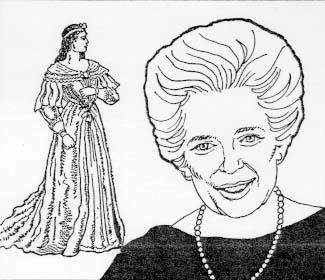


There’s a lightsaber that glows green and can cut down enemies. After each sentence, the teacher pauses to ask, “Is it a story yet?” Students get to vote, and explain why it is or isn’t.įor adult audiences, I use a more familiar narrative. In the elementary school version of “Is it a Story Yet?”, the teacher reads the class a tale about a boy who forgets his homework. My goal is to get attendees to re-frame their pitches around the difference they’ll make in people’s lives. I want us to switch to a new database for the XYZ application. Almost always, the pitches start and end with a product, a feature, or a service, or make reference to upending a category:
#Andy raskin medium how to
How to Play “Is it a Story Yet?”īefore starting the game, I go around the room and ask a few people to give their elevator pitches. I’ve found no quicker way to get CEOs, founders, engineers, marketers, salespeople and product managers excited about applying storytelling craft to their pitches. Near the back, I found a game called “Is it a Story Yet?” - designed for second-graders - that is now part of every workshop and strategic messaging project I lead. Then, on Amazon, I stumbled across a guide for elementary-school teachers called Super Simple Storytelling (by Kendall Haven). I searched every book I could find on the topics of pitching and business storytelling, to no avail. But I wanted an exercise I could do with a live audience that would get the point across quickly. There are plenty of articles on the subject (Stewart Butterfield's “ We Don’t Sell Saddles Here” is excellent, and many people tell me they’ve benefited from my narrative breakdown of Elon Musk’s Tesla Powerwall pitch, “ Want a Better Pitch? Watch This”). So I wondered: Is there a fast, fun way to give people a sense of narrative structure and how much better their pitches can get by applying it? But not everyone comes in knowing exactly what that means. In these workshops-as in my strategic messaging and positioning engagements-everyone comes in wanting to tell a more compelling story. In the last four weeks, I’ve led strategic storytelling workshops for Uber's engineering team (on how to use narrative structure to more effectively pitch ideas to internal colleagues), for the founders of an Andreessen Horowtiz/First Round-backed startup, and for international entrepreneurship students visiting Stanford.


 0 kommentar(er)
0 kommentar(er)
